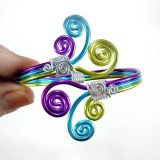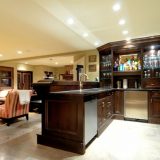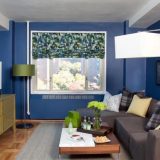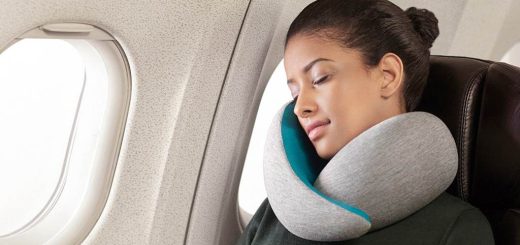How to design your perfect fitted wardrobe
Having a brand new fitted wardrobe is an exciting time as this gives you the chance to think about how you want to store and display your clothing and accessories. There are many types of wardrobe design and there are a few things to consider to make sure you make the most of the space.

Planning the space
The first thing to do is to plan out the space you will need for each type of clothing. So think about your t-shirts, shirts, tops, trousers, skirts, dresses, jackets and accessories and where they should all go in the wardrobe, which items will be hung up and which will be folded. Also, consider which items need to be easily accessible and which can be put away.
Drawer space
If you don’t have a separate chest of drawers, you might want to incorporate one into your wardrobe. This is a great idea for those smaller items such as hats, scarves or belts. By having your accessories clearly visible you are more likely to wear them. You should use dividers in the drawers so the items are organised effectively.
Hanging space
The space for hanging is the most important, so consider the length required for long dresses or coats. Also, consider doubling up the hanging rails one on top of the other for tops, blouses and shirts. When looking for Hampshire fitted wardrobes or wardrobes in another area, consider asking an expert such as lamco-design.co.uk/fitted-wardrobes, who can advise you on the best storage arrangements.

Image Credit
Shelving
Many items can be folded rather than hung, for example, t shirts, sweaters, jeans, jumpers and jogging bottoms. Folding items neatly can actually create more space and is an important part of tidying guru Marie Kondo’s organisation technique. It’s a good idea to use the space at the top of the wardrobe for shelving or cupboards. If you have high ceilings, this area is less accessible so you could always use this for out-of-season items, bags, suitcases or shoes.
Doors
Finally, consider the doors of the wardrobe, which could be sliding doors or regular opening doors. You might opt for silent hinges to stop the doors slamming loudly, while slow shutting hinges can prevent them from swinging closed too quickly. Also, consider adding a full-length mirror to the inside or outside of your wardrobe door.

















